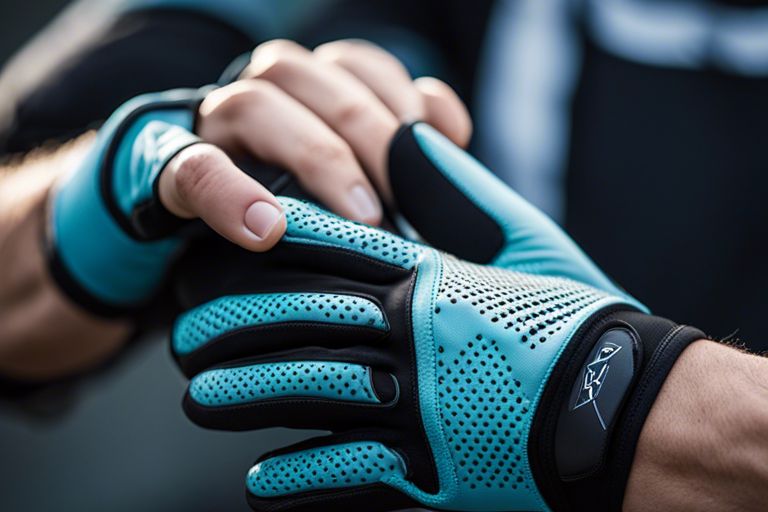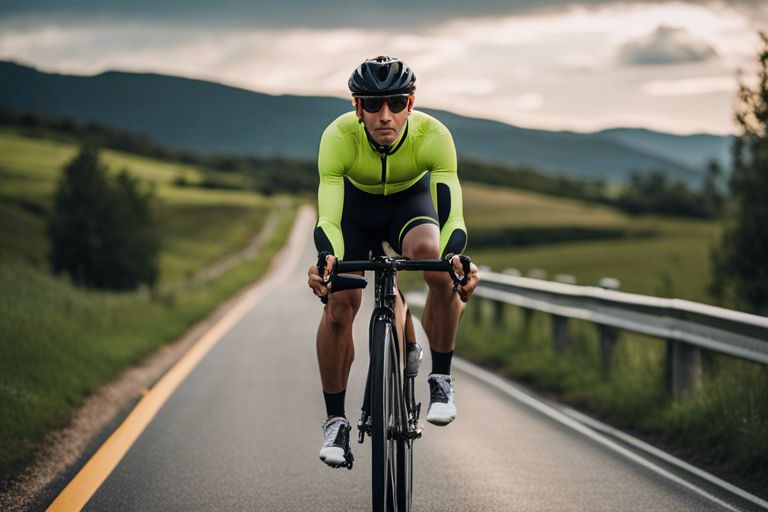Over the years, cycling gloves have become an imperative accessory for cyclists due to their protective and performance-enhancing qualities. One of the key factors in ensuring the effectiveness of cycling gloves is ensuring the proper fit. Ill-fitting gloves can lead to discomfort, blisters, or even accidents. In this blog post, we will provide a comprehensive guide on how cycling gloves should fit to maximize comfort and performance for riders of all levels.
Key Takeaways:
- Snug Fit: Cycling gloves should fit snugly but not too tight. They should be close to the skin to provide comfort and prevent blisters.
- No Excess Material: Make sure there is no excess material or bunching up in the palm or fingers, as this can cause discomfort and affect grip on the handlebars.
- Proper Sizing: It’s crucial to find the right size of cycling gloves for your hands. Refer to the manufacturer’s sizing guide to ensure a proper fit.
Importance of the Right Fit for Cycling Gloves
While cycling gloves may seem like a small accessory in the world of cycling gear, having the right fit can make a significant difference in comfort, performance, and safety on the road.
Comfort and Functionality
Right fit is crucial when it comes to the comfort and functionality of cycling gloves. Gloves that are too tight can restrict movement and cause discomfort, while loose gloves can bunch up and create hot spots or blisters. Finding the perfect fit ensures that the gloves stay in place and provide the necessary protection without hindering hand movement.
Improved Grip and Bike Control
Properly fitting cycling gloves can also significantly enhance your grip on the handlebars, especially in wet or sweaty conditions. The added grip provided by the gloves can improve your overall control of the bike, enhancing stability and confidence while riding. This can be particularly important when navigating sharp turns, bumpy terrain, or challenging weather conditions.
Functionality
In addition to comfort and grip, the right fit of cycling gloves also impacts their overall functionality. Gloves that are too loose may not provide adequate padding or protection, while gloves that are too tight can restrict blood flow and cause numbness. The right fit ensures that the gloves effectively absorb shock, protect against road vibrations, and enhance the overall riding experience.
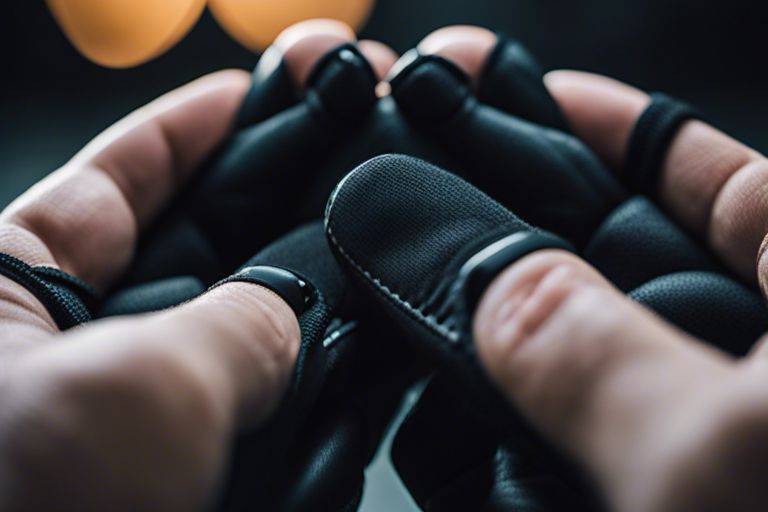
Understanding Cycling Glove Sizes
Glove Sizing Charts
With glove sizing charts, you can easily find the right fit for your cycling gloves. These charts typically show measurements in inches or centimeters, helping you determine your glove size based on the circumference of your hand. Be sure to check the sizing chart provided by the brand or manufacturer of the cycling gloves you are interested in to ensure an accurate fit.
How to Measure Your Hand for Cycling Gloves
For optimal comfort and performance, it is necessary to measure your hand correctly before purchasing cycling gloves. To do so, use a flexible tape measure and wrap it around your dominant hand at the widest part, usually across your palm just below your knuckles. Take note of the measurement in inches or centimeters and refer to the sizing chart to find the corresponding glove size. Keep in mind, a snug fit is important for cycling gloves to ensure proper grip and minimize any rubbing or discomfort during your ride.
Sizes for cycling gloves may vary between brands, so always refer to the specific brand’s sizing chart for the most accurate fit. When in doubt between two sizes, opt for the smaller size for a snug and secure fit, as cycling gloves are designed to stretch slightly over time to conform to your hand shape.
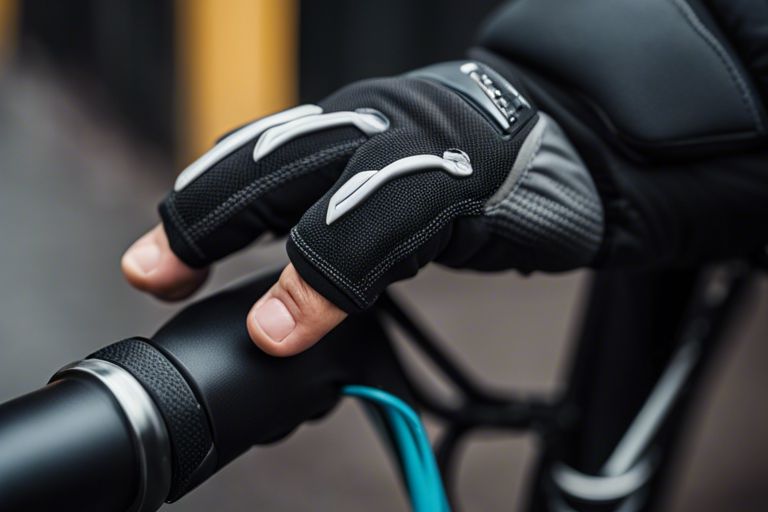
Features of Well-Fitted Cycling Gloves
Snugness and Mobility
Unlike regular gloves, cycling gloves should fit snugly to ensure maximum comfort and control while riding. The snug fit will prevent any extra fabric from bunching up, which can cause discomfort and hinder performance. At the same time, the gloves should allow for enough mobility to easily grip the handlebars and shift gears.
Padding and Protection
Snugness is key when it comes to padding and protection in cycling gloves. The padding should be strategically placed in areas where your hands experience the most pressure while riding, such as the palms. This helps to reduce fatigue and prevent numbness during long rides. Additionally, well-fitted gloves should provide adequate protection against blisters, calluses, and road vibration to keep your hands feeling fresh throughout your ride.
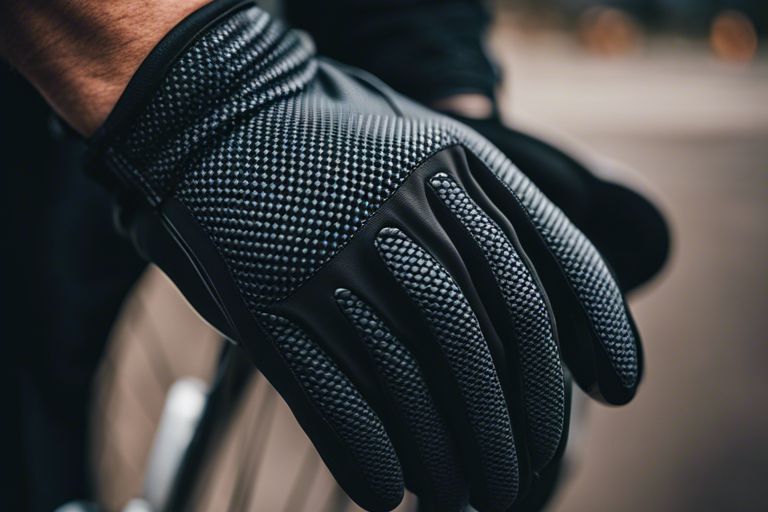
Common Fit Issues and Solutions
Gloves Too Tight or Too Loose
Not all cycling gloves will fit perfectly right away, and there may be instances where the gloves feel too tight or too loose.
Finger Length and Thumb Placement
On the other hand, the fit around your fingers and thumb is crucial for your comfort and performance while cycling. Incorrect finger length or misplaced thumb placement can lead to discomfort or even influence your grip on the handlebars.
For instance, if your fingers are too confined or the gloves are too long, it can lead to bunching up of fabric and impact your dexterity. Likewise, if the thumb placement is off, it can affect your grip and overall control of the bike.
Maintenance and Care for Cycling Gloves
Cleaning and Drying
Many cyclists overlook the importance of regularly cleaning and properly drying their cycling gloves. Neglecting this important maintenance can lead to the buildup of sweat, bacteria, and odors, ultimately reducing the lifespan of the gloves and compromising their performance.
Storage and Lifespan
One key aspect of maintaining your cycling gloves is proper storage to prolong their lifespan. Storing them in a cool, dry place away from direct sunlight will help prevent material deterioration or color fading. Additionally, avoid folding or crumpling your gloves to maintain their shape and padding integrity.
Cycling gloves typically have a lifespan of about 1-2 years, depending on the frequency of use and the quality of the materials. Regularly inspect your gloves for signs of wear and tear such as fraying stitching or worn-out padding. It’s important to replace your gloves when you notice these signs to ensure optimal comfort and protection while cycling.
Final Words
Now that you know how cycling gloves should fit, it’s important to ensure you find the right size for maximum comfort and performance. Remember that the gloves should be snug but not too tight, with no excess material bunching up or causing discomfort. The fingers should reach the end of the gloves without restricting movement. By following these guidelines, you can enjoy your rides with properly fitted cycling gloves to protect your hands and enhance your cycling experience.
FAQ
Q: Why is it important for cycling gloves to fit properly?
A: Properly fitting cycling gloves are imperative for comfort, performance, and safety during your ride. Ill-fitting gloves can lead to discomfort, blisters, and reduced grip on the handlebars, affecting your overall biking experience.
Q: How should cycling gloves fit on the hand?
A: Cycling gloves should fit snugly but not too tight. They should be close-fitting with no extra material bunching up, but without restricting movement or blood flow. Pay attention to the fit around the fingers, palm, and wrist to ensure proper sizing.
Q: What are the consequences of wearing improperly fitting cycling gloves?
A: Wearing cycling gloves that do not fit properly can result in blisters, chafing, hand numbness, and a loss of dexterity and grip on the handlebars. This can affect your performance, control of the bike, and ultimately, your overall enjoyment of cycling.

